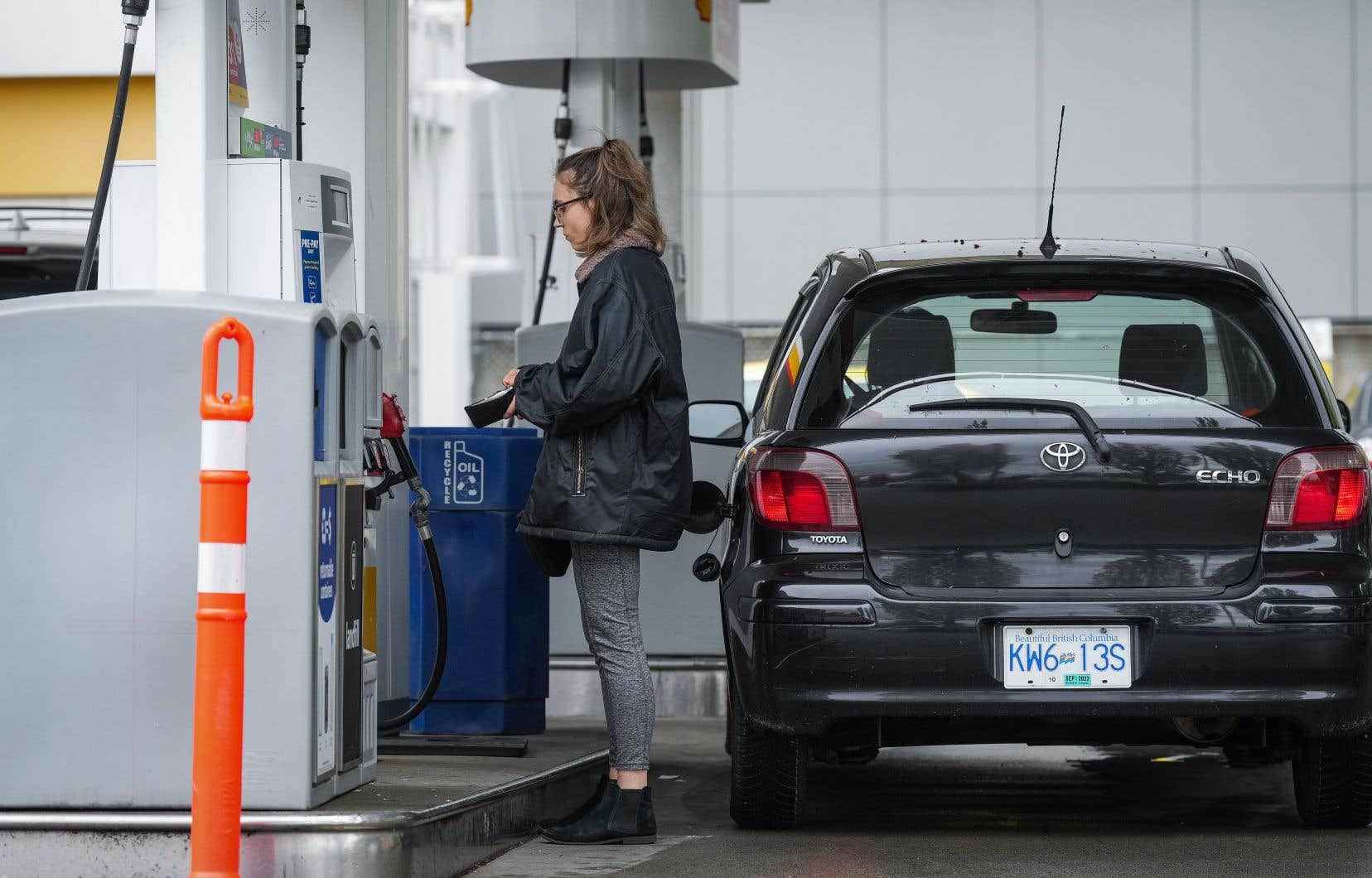The annual inflation rate slowed to 7.0% in August in Canada, mainly due to falling gas prices, but the cost of groceries continues to rise.
In its latest Consumer Price Index (CPI) update, Statistics Canada says grocery prices have risen at their fastest pace since 1981, with prices up 10.8 % compared to the same period last year.
Still, year-over-year inflation cooled more than economists had expected. The federal agency explained that it was transport and housing prices that were behind the deceleration in consumer prices.
This is the second consecutive slowdown in year-over-year price growth. In July, the rise in prices had been recorded at 7.6%, whereas it stood at 8.1% in June.
In Quebec, inflation stood at 7.1% in August, compared to 7.3% in July. In both Montreal and Quebec, inflation was 7.2%.
Gasoline prices rose 22.1% in August from a year ago, but are down 18.8% since June.
On a month-to-month basis, consumer prices across the country were slightly lower in August compared to July. The 0.3% drop in the CPI is the largest monthly drop since the early months of the pandemic, according to Statistics Canada.
Excluding gasoline prices, prices rose 6.3% year over year in August, making it the first month in which the CPI excluding gasoline has shown a year-over-year slowdown since June 2021.
However, the cost of living remains high for Canadians, who feel inflation the most in their daily lives when it comes to grocery shopping.
The federal agency attributes the rise in food prices to supply chain disruptions, the Russian invasion of Ukraine, extreme weather conditions and rising input costs.
Prices for baked goods rose 15.4%, while those for fresh fruit were up 13.2% from a year ago.
Employees’ average hourly earnings rose 5.4% year over year in August. Statistics Canada recognizes that the purchasing power of Canadians has therefore decreased, but indicates that the difference was less pronounced than in July.
Earlier this month, the Bank of Canada raised its key interest rate for the fifth time this year as it continues to fight runaway inflation with higher interest rates.
The bank is expected to give the next update on October 26 and has warned that further interest rate hikes will be needed to bring inflation back to its 2% target.
